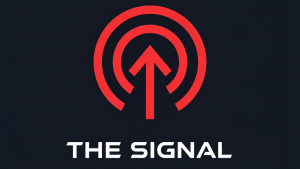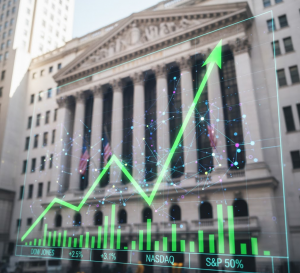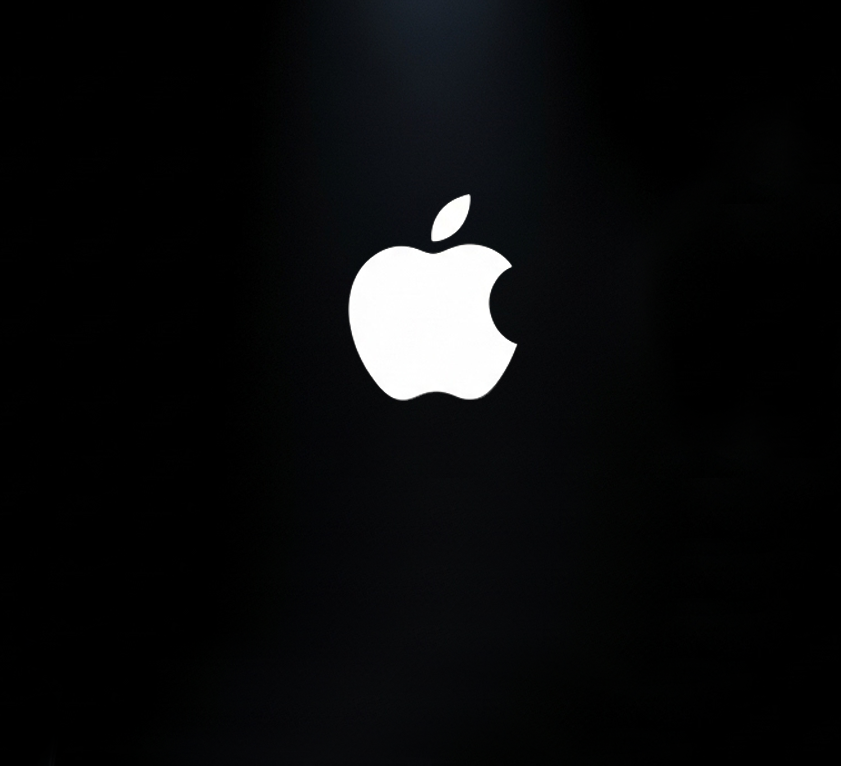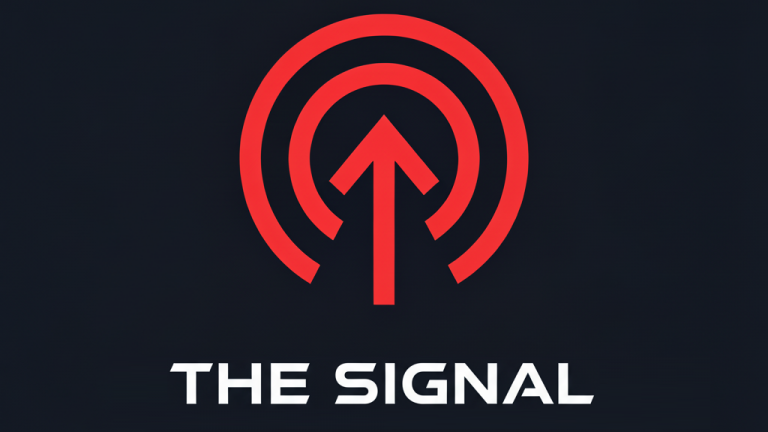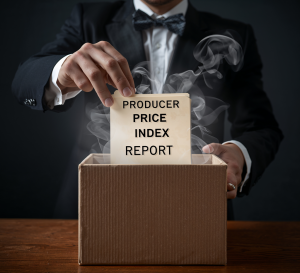Summary
Apple has unveiled its iPhone 17 lineup, introducing a new, ultra-thin “iPhone Air” model and implementing a price increase on its Pro models. For an investor, this launch is significant as it tests Apple’s ability to drive a new upgrade cycle in a mature smartphone market while navigating geopolitical trade pressures and justifying premium pricing. The introduction of the iPhone Air represents a strategic attempt to create a new product category, while the company’s stock performance immediately following the event suggests a mixed reaction from Wall Street, which is weighing incremental hardware updates against the need for breakthrough innovation, particularly in artificial intelligence.
The Core News (What Happened?)
At its “Awe Dropping” event, Apple announced four new smartphone models: the iPhone 17, iPhone 17 Pro, iPhone 17 Pro Max, and the new iPhone Air. A key highlight was the iPhone Air, which at 5.6mm is the thinnest iPhone ever made, featuring a titanium frame and a 6.5-inch display.
Across the lineup, Apple introduced upgraded cameras, including a new 48MP fusion camera system, and brought the ProMotion display (which allows for a smoother 120Hz refresh rate) to all models. The Pro models are powered by the new A19 Pro chip, while the standard models use the A19 chip. The company also announced a price increase of $100 for the iPhone 17 Pro in the U.S. and increased prices in other markets like Canada.
Context & Expectations
Leading up to the event, analysts expected significant camera upgrades and design changes. The introduction of an entirely new, ultra-thin model the iPhone Air was a major surprise that generated significant buzz. Analysts had also been watching to see how Apple would handle pricing amidst ongoing trade tariffs. The announced price hike on the Pro model confirmed expectations that Apple would pass some of these costs to consumers to protect its profit margins. However, investors and analysts also noted the absence of a major push on generative AI features, with meaningful updates to Siri now reportedly delayed, which fell short of some expectations.
Potential Implications (The Bull vs. Bear Case)

Bull Case: Analysts, such as Dan Ives at Wedbush, suggest that the new lineup could spark a “super cycle” of upgrades. They point to the large number of iPhone users (an estimated 315 million) who have not upgraded their devices in over four years. The new iPhone Air, with its novel design, could appeal to a new demographic of trend-conscious consumers, expanding Apple’s user base. The continued integration of its own powerful chips (A19 Pro) and incremental improvements in battery and camera technology are seen as sufficient to maintain customer loyalty and drive sales.

Bear Case: The immediate 1.5% drop in Apple’s share price following the announcement indicates investor concern that the upgrades were merely incremental rather than revolutionary. A report from The Economic Times noted Wall Street was “unimpressed,” suggesting that in a mature market, sleek designs alone may not be enough to drive massive sales. Concerns remain about Apple’s perceived lag in artificial intelligence compared to competitors. The price increases, while potentially protecting margins, could also deter some buyers in a challenging economic environment.
Key Data & Metrics
- iPhone 17 Pro Starting Price: $1,099 USD (a $100 increase from the previous year).
- iPhone Air Starting Price: $999 USD.
- iPhone 17 Starting Price: $799 USD (unchanged).
- iPhone 17 Pro Max Starting Price: $1,199 USD (unchanged for base model).
- New Storage Tier: A 2TB storage option is available for the iPhone 17 Pro Max for the first time, priced at $1,999 USD.
- iPhone Air Dimensions: 5.6mm thickness.
- Base Storage: All new models now start with 256GB of storage.
- Display Technology: ProMotion (1-120Hz variable refresh rate) is now standard on all four iPhone 17 models.
Disclaimer: This article is for informational purposes only and does not constitute financial, investment, or legal advice. The information provided is a synthesis of publicly available data and expert analysis and should not be considered a recommendation to buy or sell any security. Investing in the stock market involves risk, including the possible loss of principal. Past performance is not indicative of future results. Readers should consult with a qualified financial advisor to determine an investment strategy that is suitable for their own personal financial situation and risk tolerance.

